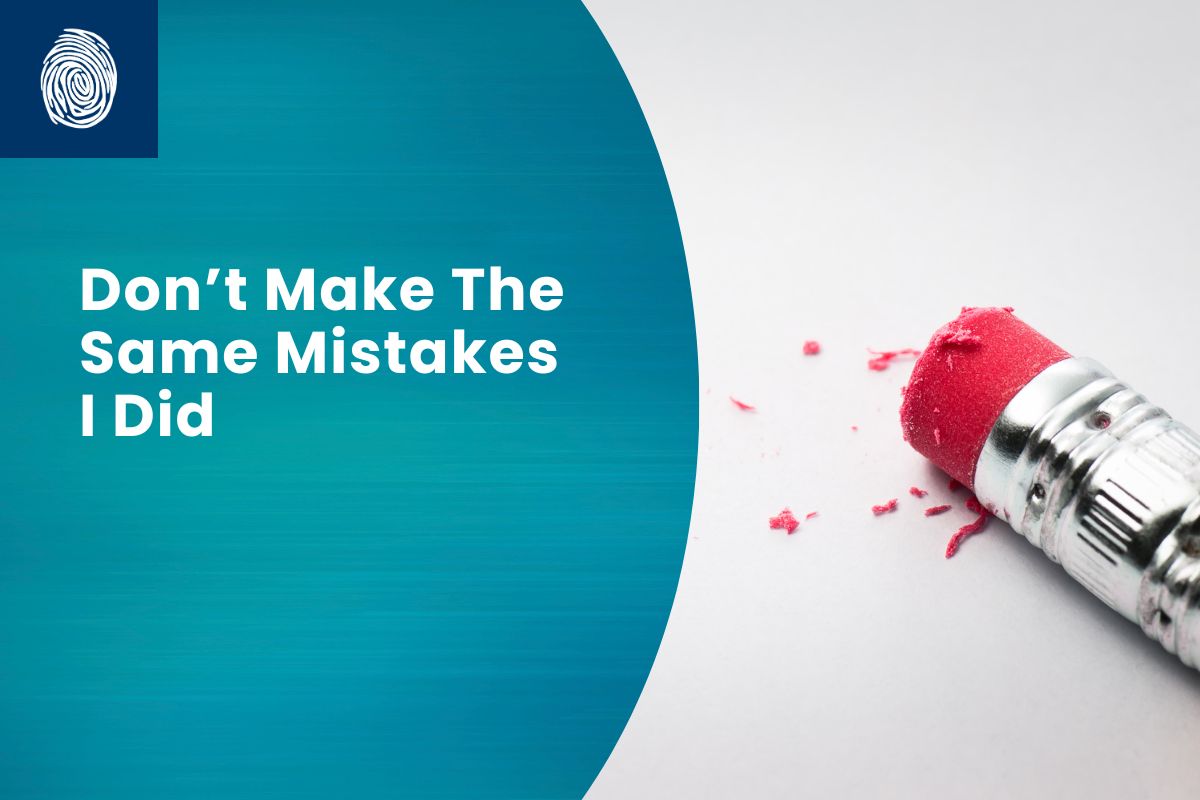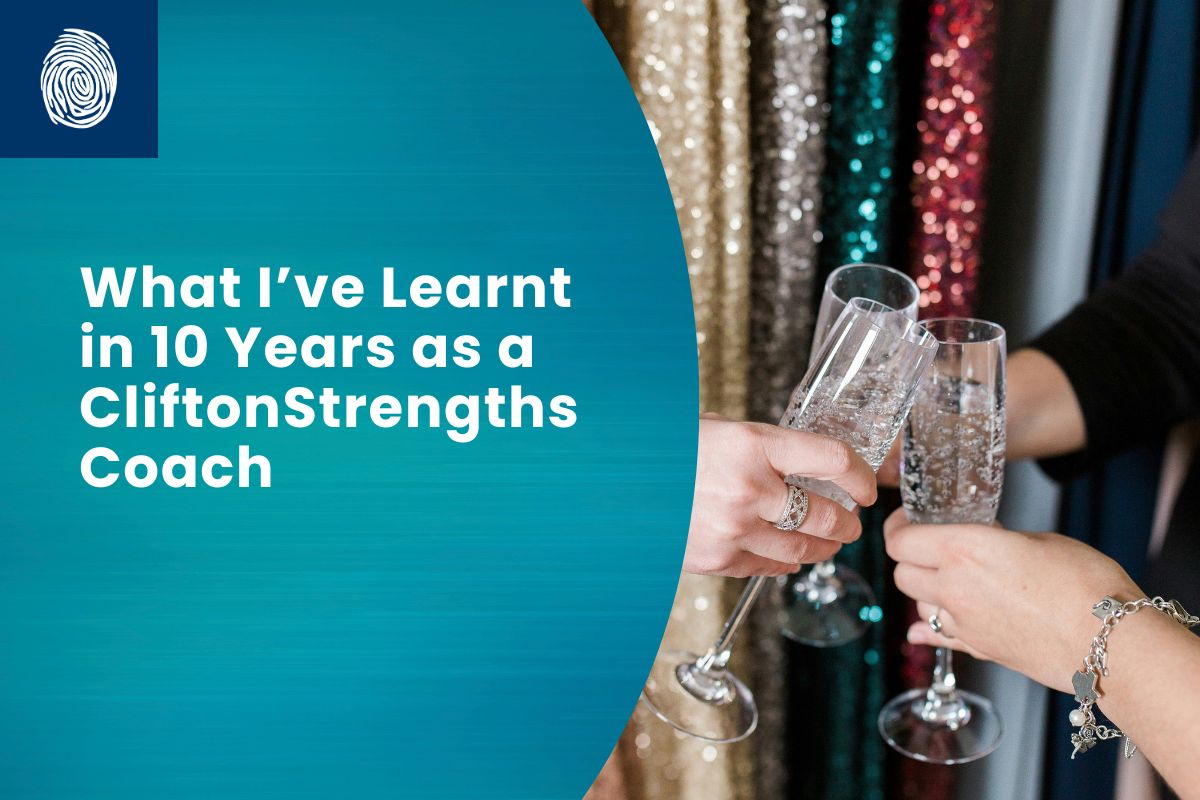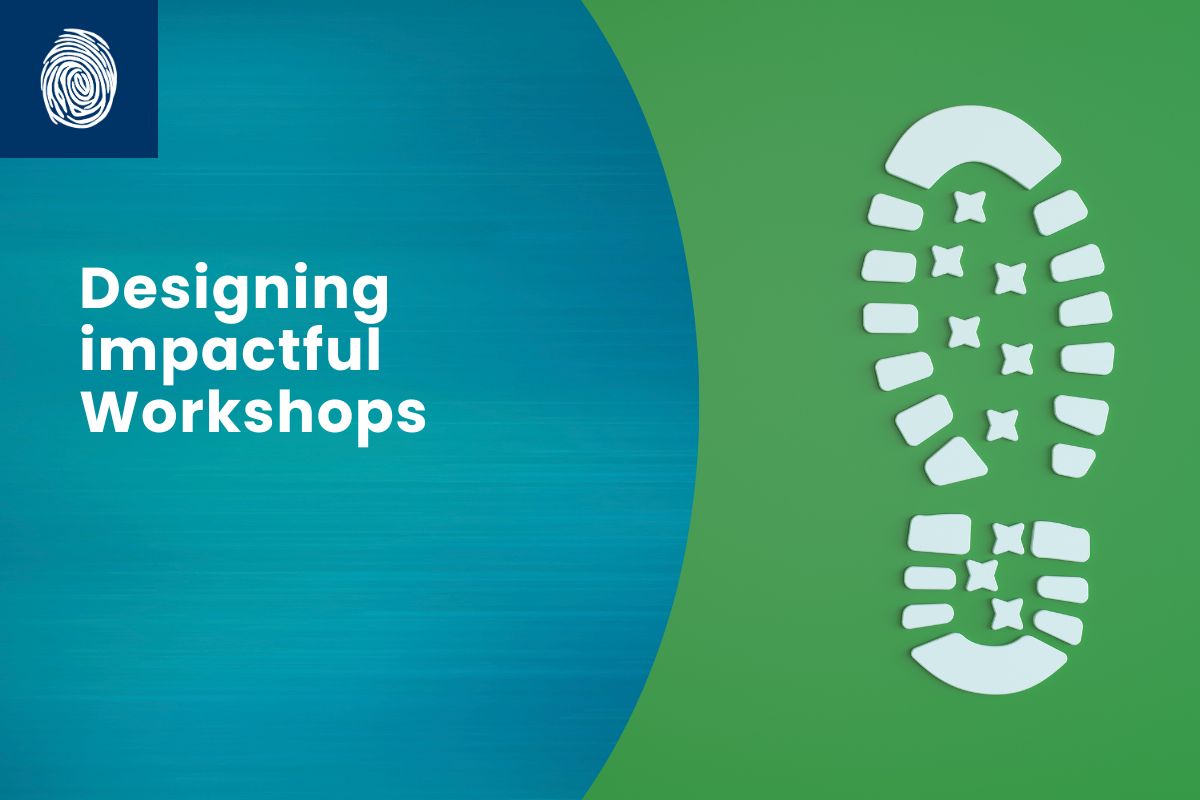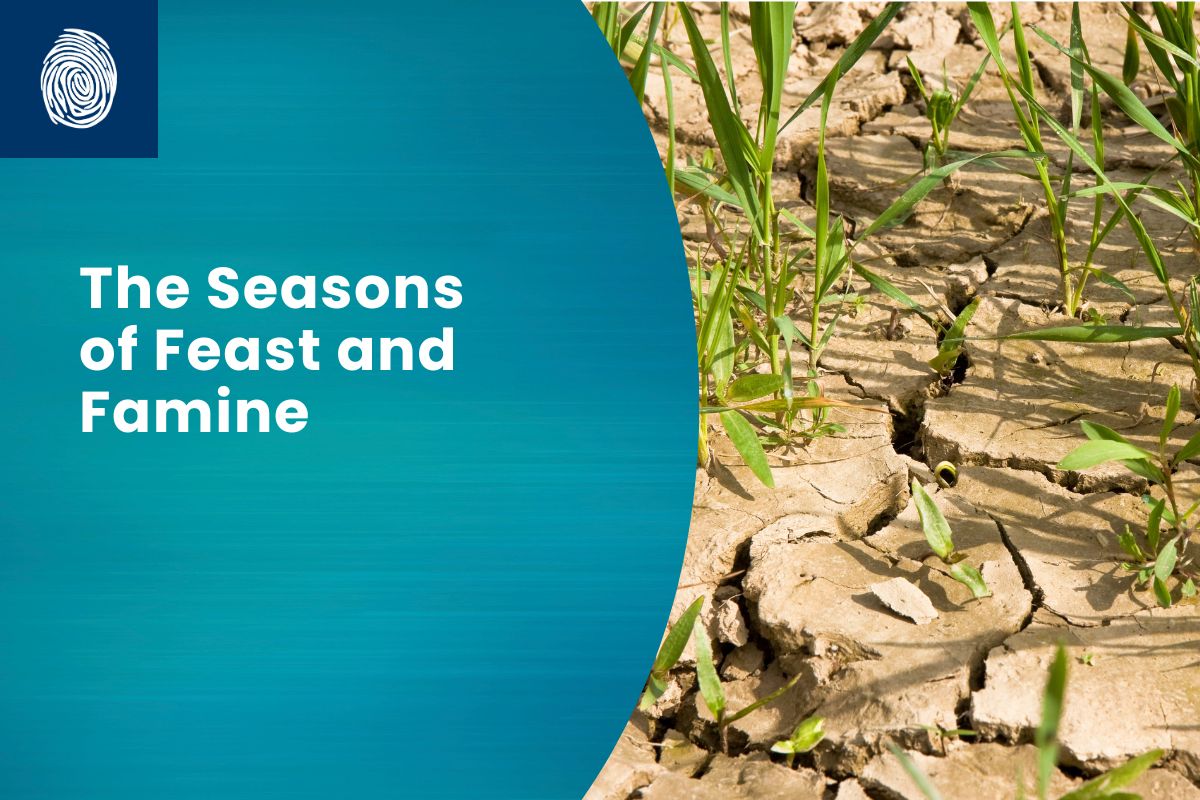Don’t Make The Same Workshop Mistakes I Did
Years ago, I ran a workshop that looked fantastic on paper. The agenda was packed, the activities were engaging, and I was confident it would be a success.
But as I walked out of the room, I knew it hadn’t landed.
Why? Because I had focused on activities rather than outcomes.
That’s when I learned that a truly impactful workshop needs three essential elements:
-
A clear through-line that connects every activity to a bigger purpose.
-
Time to process so learning sticks.
-
Real-world application so it doesn’t end when people walk out the door.
Here’s how I now make sure my workshops deliver on all three.
A Clear Through-line
The best workshops don’t start with activities—they start with understanding what participants need. It’s not enough to only check in with the stakeholder who hired you. The people in the room bring their own goals, frustrations, and expectations. When you tap into that, you create a workshop that truly resonates.
Here are a few ways you can do that.
1️⃣ Pre-Workshop Intake Form
When time allows, I send participants a simple pre-workshop survey. This helps me uncover what’s really on their minds before we even step into the room ideal for interdependent teams and senior leaders.
I ask:
-
What performance challenge is the team currently focused on?
-
In your view, what does success look like for this challenge?
-
What are this team’s biggest strengths (not CliftonStrengths as they don’t know yet)?
-
What frustrates you about how this team works together?
-
What is the most important goal this team is hoping to achieve together?
-
How can I be most helpful to your team as a facilitator?
-
When you think about the future, what excites you about your team’s potential?
-
Which of your talents do you hope the team gets to know better?
When I have the chance to do one-on-one debriefs before the workshop, I’ll use these responses as we come to the end of the call to clarify or dig deeper. As patterns emerge, it gives me a clearer picture of what’s needed and how I can help make possible the purpose of the group.
But not every workshop allows for pre-work or they are not always interdependent. That’s why I also check in in the moment.
2️⃣ Think, Feel, Do Exercise
At the start of the session, I make space for participants to set and share their own expectations. This does two things: it ensures the workshop is relevant to them, and it builds buy-in from the beginning.
How to do it:
- Prepare a stack of Post-it notes on the table.
-
Ask each participant to write down:
-
Think – How do you want to be thinking differently after this workshop?
-
Feel – How do you want to feel by the end of the session?
-
Do – What do you want to be doing differently as a result of this workshop?
-
-
Have them stick the notes on a board or window.
-
Use these insights to guide your facilitation and check in throughout the session.
3️⃣ Flip Chart ✔ and ❌ Exercise
Another quick way to surface expectations is the Flip Chart Check-In.
Encourage participants to think about the best workshops they’ve attended—what made them work? Then, I ask them to be honest about what they dread in a session. We look for common themes, and I adjust accordingly.
How to do it:
-
Set up two flip charts (or use sticky notes on a window/wall):
-
✔ Best Workshop Ever – Think about the best workshops you have been to, what made it so impactful or for you? When you walk out the door at the end of the session and you think “Wow that was great!” what needs to happen in the room today for you to feel like that?
-
❌ Worst Workshop Ever – What would make this a complete waste of time? When you think “Gee I will never get those 4 hours of my life back, what a waste!”
-
-
Ask participants to write their thoughts on Post-its and place them under the ✔ or ❌.
-
Look for common themes and acknowledge them out loud. Check in what some might mean.
-
Adjust your facilitation style to match their expectations where possible.(Optional: Add humor!) I always remind them, “I have no control over lunch!” And “Don’t panic there is no role play”, or if there is reframe it as “real play” or just practicing.
And if time is tight? A simple question to a partner—“What do you really want to get from this session?”—works too.
Building in Time to Process
One mistake I used to make was cramming too much in. Silence felt uncomfortable, so I filled every moment with activities and discussion. #Activator + Communication.
But learning sticks when people have time to absorb it, especially when we know we have deeper thinkers in the room.
Now, I intentionally pause for processing. That might look like a quiet moment to journal, a structured reflection, or even just sitting with an idea before jumping into the next thing.
I also check in along the way with what I call the Goldilocks Test for timing, content, humour etc:
-
Too fast, too slow, or just right?
-
Thinking music or no music
-
Are we covering what you need?
This allows me to adjust in real-time, rather than finding out later that something was missing. I might check in a few times depending on the length of the workshop, if its 2 days then we re-visit each day and add to if needed. I also acknowledge there are different learners in the room all needing different things. Sometimes we need to go with the majority but acknowledge the differences.
At the end of the session, I circle back to what they said they wanted at the beginning. If someone wrote, “I want to understand how to apply my strengths to my career development,” but we didn’t cover that, I might say from the start and then suggest resources or follow-up sessions.
Making Learning Stick Beyond the Room
A workshop isn’t successful if people feel energized in the moment but do nothing afterward, probably one of the biggest frustrations we have as coaches.
To drive real-world application, I close with action steps. Instead of asking, “Any questions?” I ask:
-
What’s one key takeaway from today?
-
What’s one action you’ll take in the next week?
I have an email that goes out after the workshops with ongoing resources to keep learning alive. I have recently, I worked with Angeline Soon (Strengths Ghost writer) to help me develop a weekly email series covering all 34 talent themes, packed with my favourite tips and strategies. They can choose top 5 or 10 That way, the insights from a workshop don’t fade once people go back to their daily work.
At Connect, Learn and Share in Denver we are super lucky to have Jon Sexton SVP of Culture & Leadership Development at Vibrant and Founder of Sexton Leadership LLC who will be facilitating a session for us on From Initial Insights to Lasting Impact: Building a Sustainable Strengths Based Culture.
I hope you find these tips useful as you plan your next workshop.




